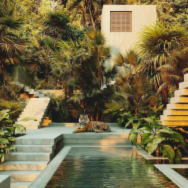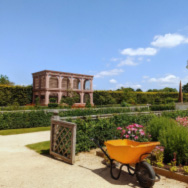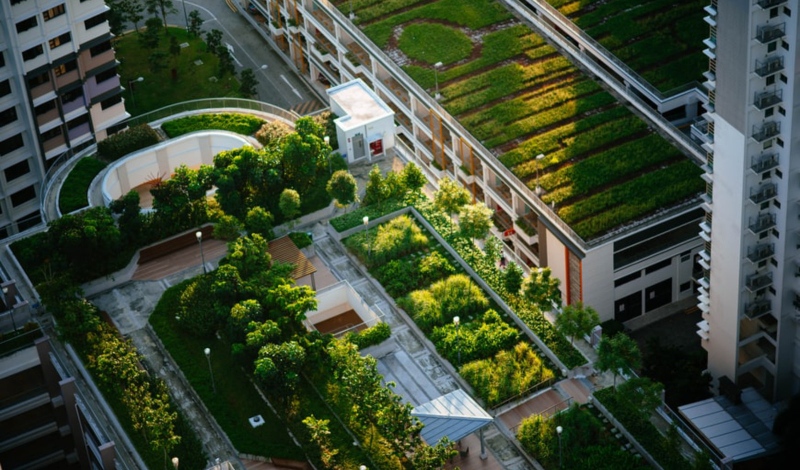
Sustainability in the garden

GardenExpo is often said to be for garden lovers, but we invite not only those who crave to be outdoors day and night, but anyone with a foot of open space in their home, whether it’s a balcony, a garden or a whole manor. The physiological benefits of spending time in the fresh air are indisputable, so it’s definitely worth creating an inviting environment outdoors. But how can you do this sustainably? Are you sure the first option is the best you can think of if you can’t or don’t want to spend a lot of time gardening? You may find that a garden layout that seems unusual at first could bring peace and tranquility not only to you, but also to your environment. Below you can read a piece about that by guest author Erika Topor, editor-in-chief of kertportal.hu.
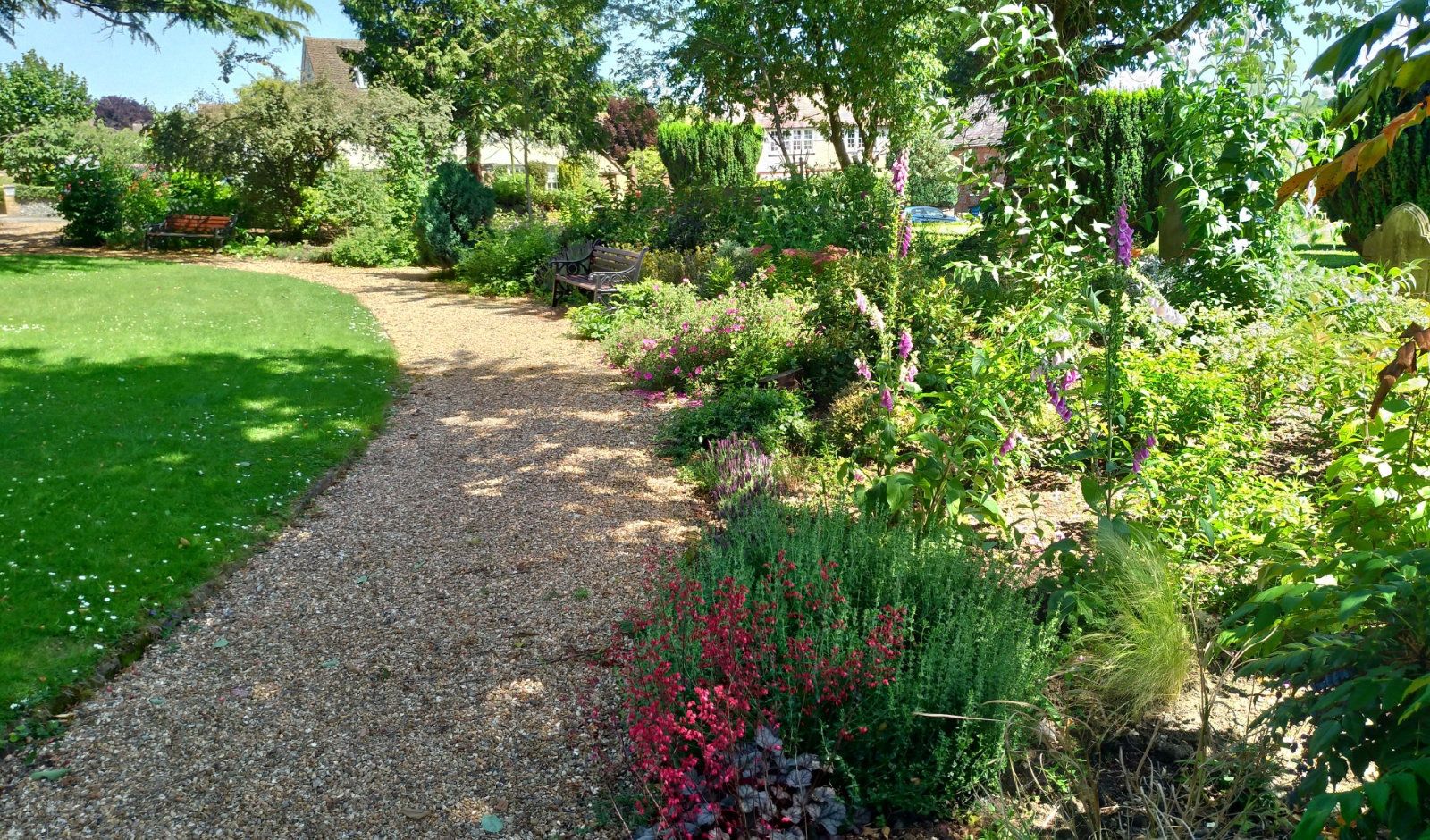
Is there a sustainable hobby garden?
Sustainability has become one of the most pressing and often mentioned issues today. Whether we’re talking about cars that can now run on renewable energy, or looking at the world of smart homes and solar panels, it is only natural that sustainable gardens have become a hot topic.
But what does a sustainable garden mean? Is it the same for everyone? Probably not, because sustainability can be approached from many different angles. Let’s look a little deeper into this topic and see what makes a hobby garden, ornamental garden, ornamental paving, or even a forest garden, to name a more ’recent’ trend, more sustainable?
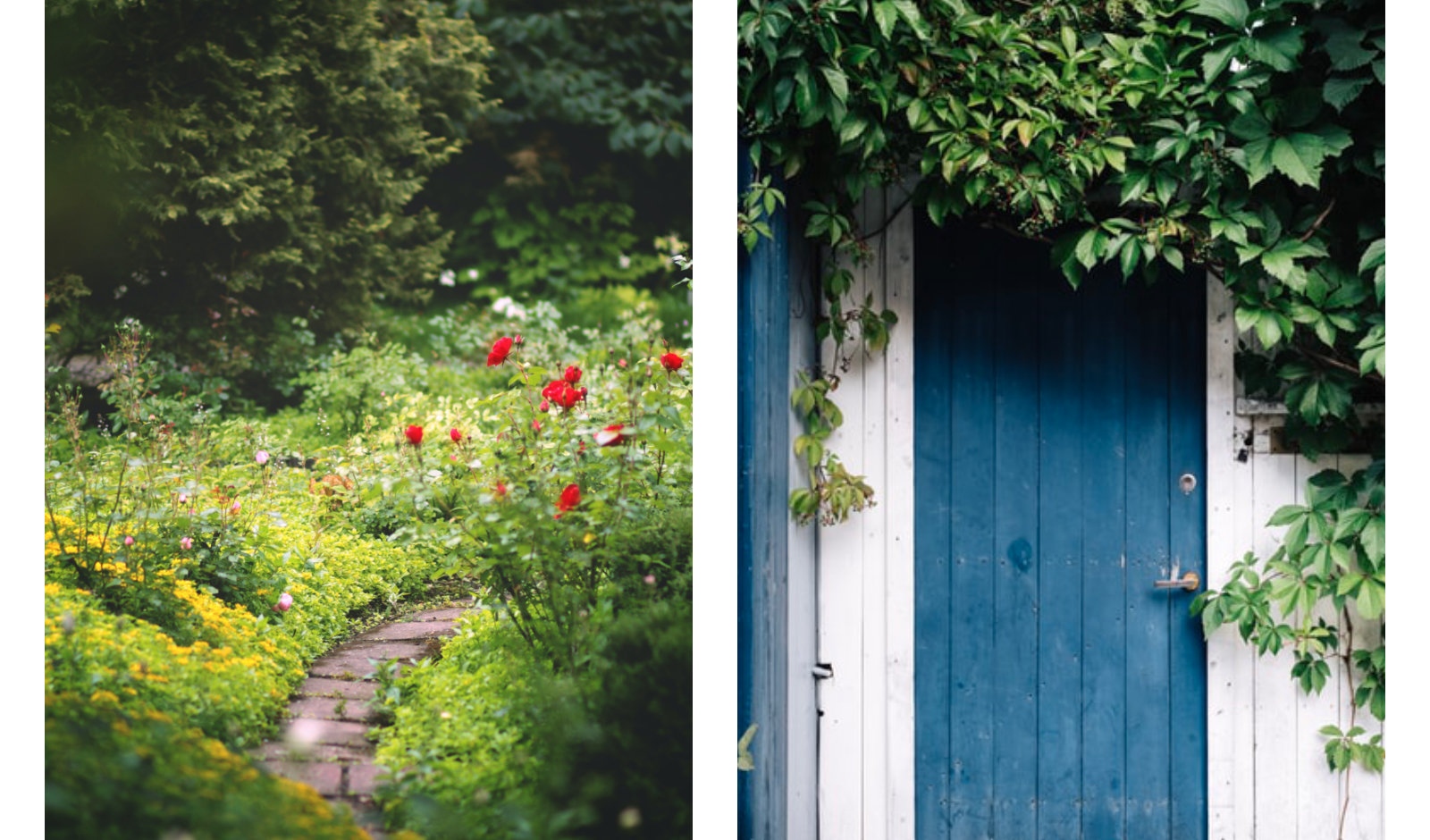
What does sustainability mean?
It’s true that we live in a fast-paced world, where time is in short supply, but let’s not let that define our approach to sustainability! Many people think that paving a whole garden with zero vegetation is a simple and great solution: no mowing, no watering. But then why have a garden house? After all, is our garden just one big private parking lot? The paving stone needs the same maintenance work, and in the heat of the summer, it may not be exactly what you need for comfort.
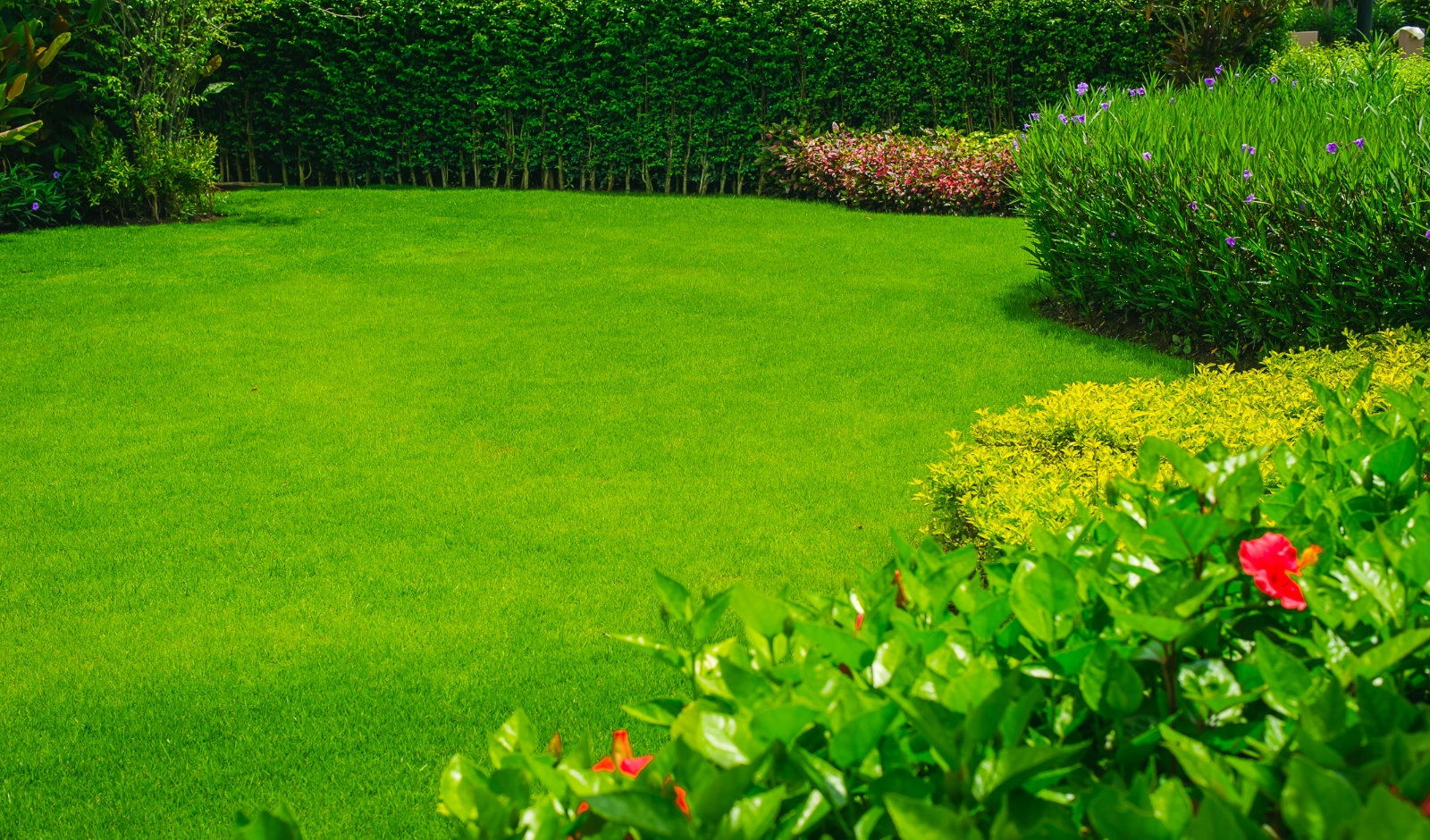
The other way is to completely lawn the garden, preferably quickly, with a lawn mat and a row of shrubs around it. A lawned garden is not on the ’relax, you can forget about it’ list. It requires serious maintenance and the initial costs can be considerable. In this case, even though you already have green space in your garden, a drab lawn exposed to the blazing sun is not the best choice if you want to create a liveable climate - you will feel it on your own skin during the first heatwave..
While these two options may seem like good options in terms of hours invested, the reality is surprising!
So what is the right direction?
A mindfully designed garden with English-style perennial beds, shrubs, bushes and deciduous evergreen trees needs no more care in reality - especially in the long term - than a lawn garden with a row of thujas. Nowadays, thuja can be a problematic choice in itself, as plant protection issues can cause entire rows to fall in the blink of an eye, so for that reason alone, the question of thuja / no thuja is worth considering.The real key to sustainability in the garden is diversity, that is, a diversity of living things, including both plants and animals.
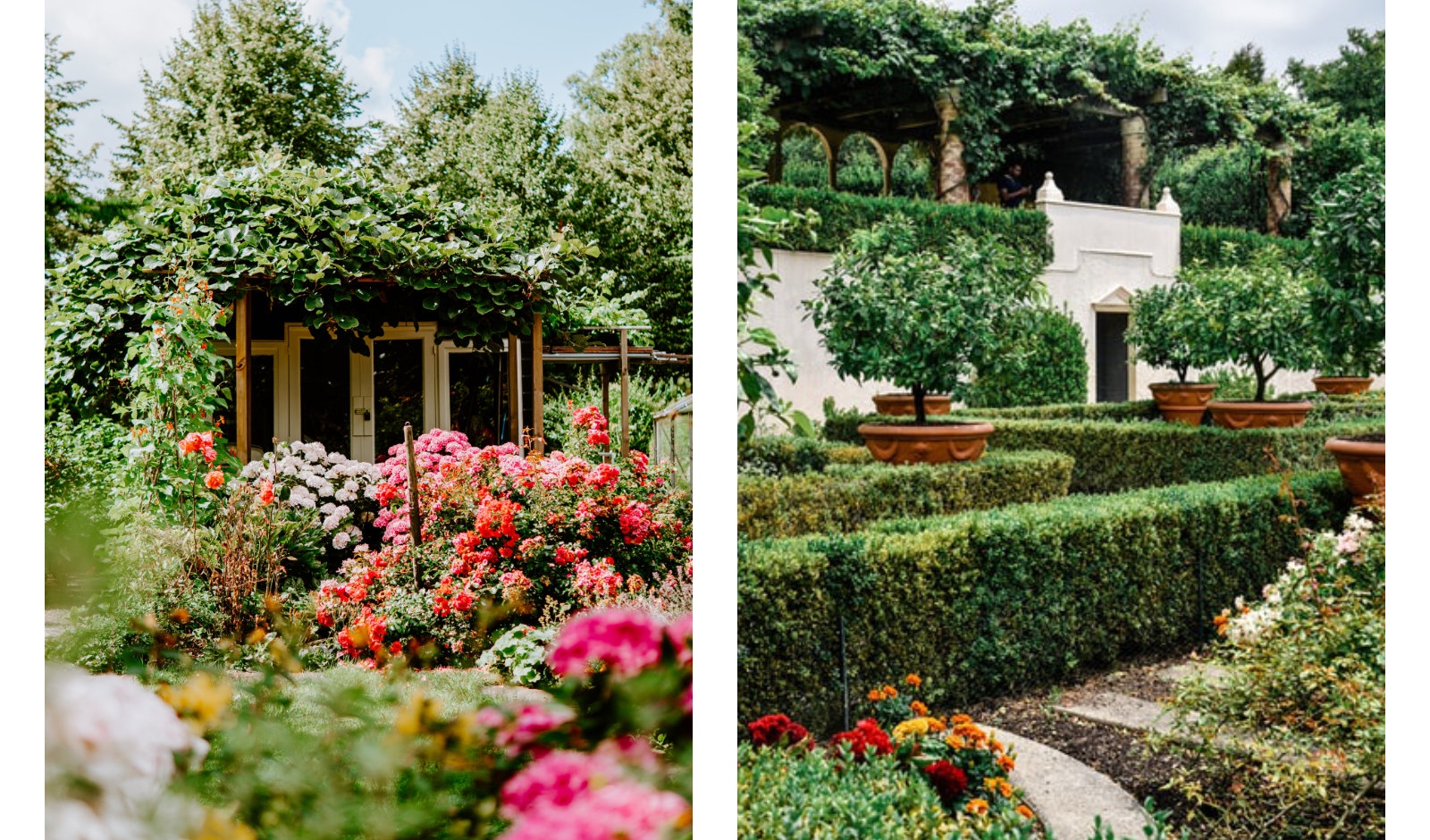
The more artificial, more difficult
The diversity and true sustainability of a well-designed woodland garden is one that, while a far cry from the garden we are used to today - with it’s infinity pool, its iron-edged lawn, its weed-free rows of annual flowers - will be more alive, more livable, more in touch with nature, and more sustainable for that very reason. But what about the maintenance?

Lack of time versus gardening
Let’s step away from the garden for a while, take a walk and think about a forest. When do we rake in a forest or a meadow? When do we dig, hoe and weed in a natural habitat? Rarely! Rather never. Because we are in a balanced system, with everything from ground-dwelling animals to vegetation adapted to the soil and local microclimate, the system will eventually ’settle’ into a well-functioning and truly sustainable system. No need to add extra fertilizer. No need to prune, only when forestry requires it (which it does), no need to bother with plant protection, no need to replenish nutrients. This is the key to sustainability.
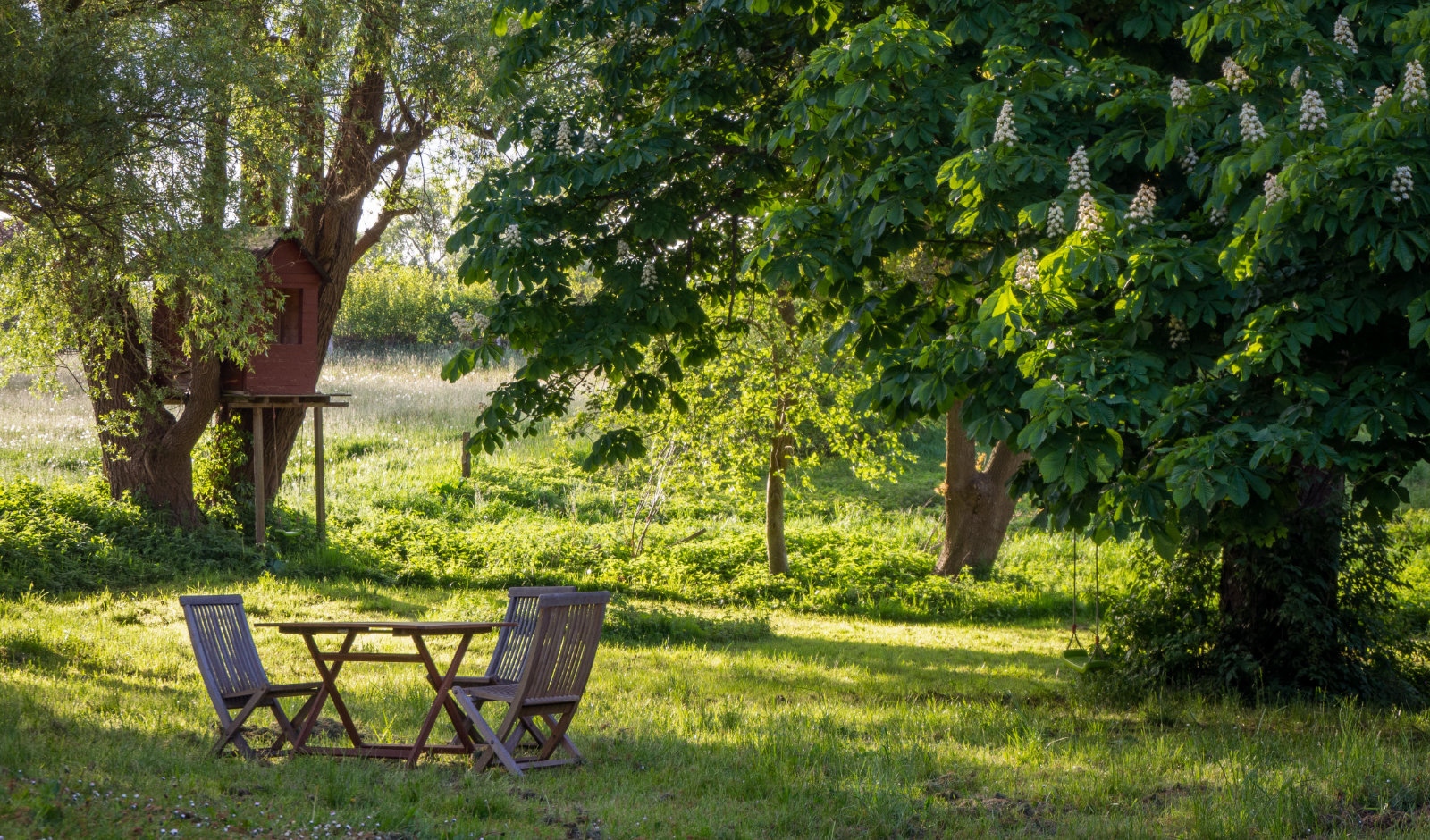
A cottage garden can be beautiful if you focus on the local conditions, and a forest garden can have a pool with a pool as well, it just has to fit into the system. The less we want to force nature with our garden design ideas, the sooner the garden becomes our friend, our partner, and a huge organism living in symbiosis with us, where we can recharge, relax, laugh, play pool, sow seeds or barbecue with friends. So sustainability is relative. If we walk around our own environment with our eyes and hearts open, knowing and exploring our local conditions and our own needs, we are not only doing ourselves a long-term favor, but we are also contributing to a more liveable and beautiful future through our garden.
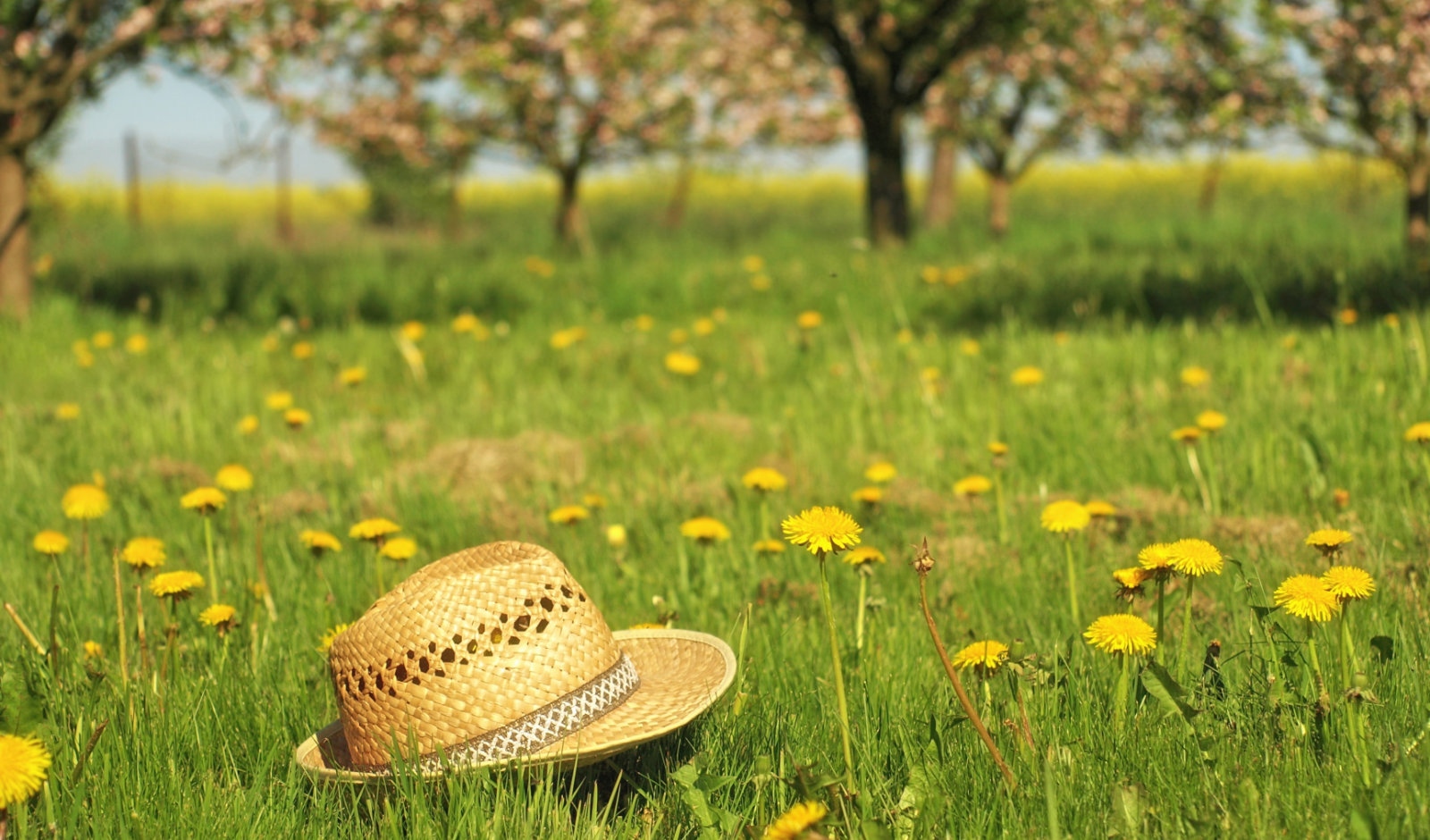 Come to the Budapest Arena between 25-27 March, where you can also get expert help with the sustainable design and maintenance of your garden! Until then, follow us on Facebook and Instagram for inspiring content and tips!
Come to the Budapest Arena between 25-27 March, where you can also get expert help with the sustainable design and maintenance of your garden! Until then, follow us on Facebook and Instagram for inspiring content and tips!

Register
to win
Register for a chance to take home some of our valuable prizes!



